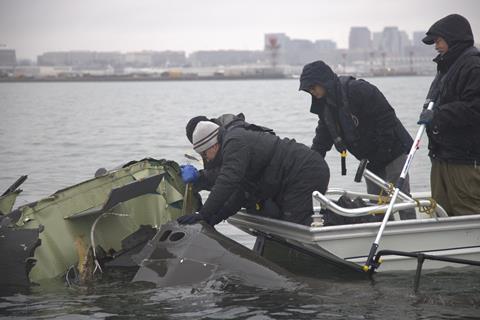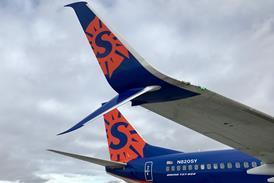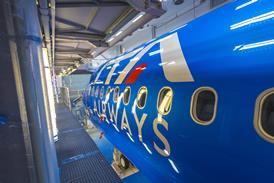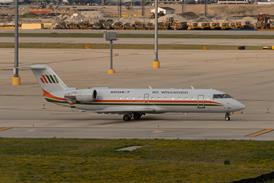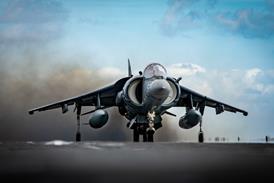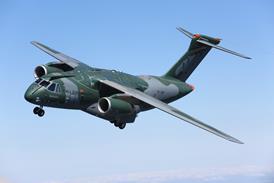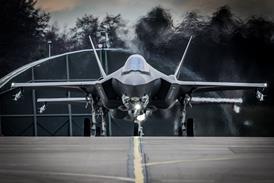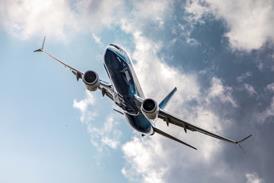Air traffic controller displays showed that the US Army Sikorsky UH-60 Black Hawk that struck a PSA Airlines MHIRJ CRJ700 last week was flying at about 300ft altitude at the time of the collision.
That figure, disclosed on 4 February by the National Transportation Safety Board (NTSB), aligns with data taken from the CRJ700’s flight data recorder, which showed that the passenger jet was at 325ft at the time of the collision.
The new information comes several days after the NTSB said preliminary information suggested that air traffic controllers were presented with data showing the Black Hawk was flying at 200ft.
The NTSB now says data indicates that “the Black Hawk was at 300ft on the air traffic control display at the time of the collision”. That figure is rounded to the nearest 100ft.
It adds that the position data on those screens comes from Federal Aviation Administration’s Potomac Terminal Radar Approach Control (TRACON).
“The TRACON fuses information from multiple radar sensors and ADS-B data, providing the best-quality flight-track data to air traffic control,” the NTSB says.
At the time of the collision, the helicopter was transiting in or near a flight corridor in which aircraft are prohibited from exceeding 200ft, officials have said. The helicopter was supposed to fly under the CRJ700.
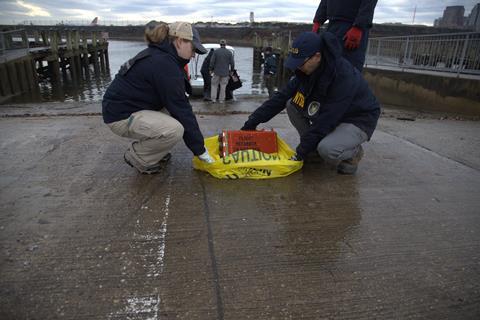
The NTSB stresses that investigators still need “data points from the Black Hawk” to verify its position. “In order to obtain this information, the Black Hawk needs to be recovered from the water, which is expected to take place later this week”.
The collision happened as the pilots of the CRJ700 were preparing to land at Washington National. Both aircraft plummeted into the Potomac River, killing all 60 passenger and four crew on the CRJ700 and the three crew on the Black Hawk.
Also on 4 February, the NTSB says its teams, working with Naval Sea Systems Command Supervisor of Salvage and Diving, have pulled from the Potomac more of the wrecked CRJ700, including its “right wing, centre fuselage, part of the left wing and left fuselage, significant portions of the forward cabin and cockpit, vertical and horizontal stabilisers, tail cone, rudder, elevators, [traffic avoidance collision] computer and quick access recorder”.
“The recovered wreckage will be moved to a secure location for a wreckage layout examination,” the NTSB adds.
The accident marked the first deadly crash involving a US airliner since a Colgan Air De Havilland Canada Dash 8-400 went down near Buffalo in 2009.
